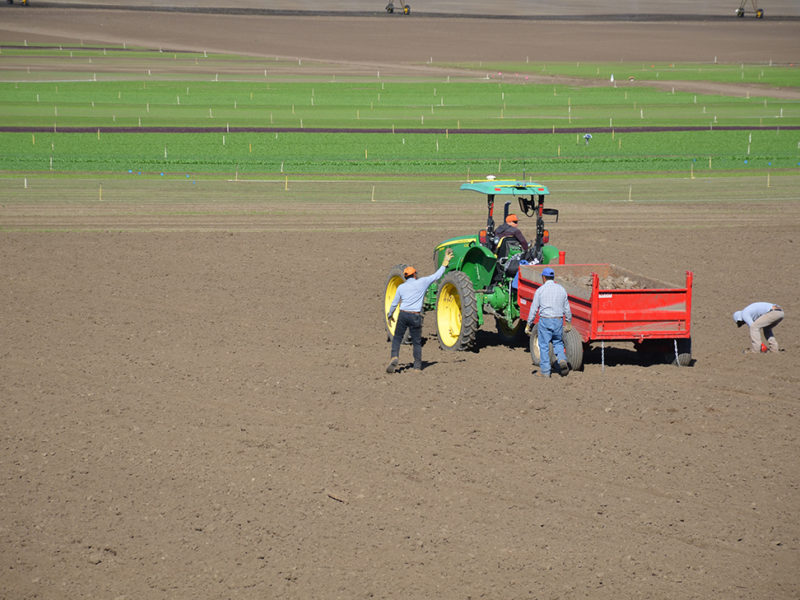Demand for farm labour has eased since the start of the pandemic, according to Statistics Canada.
The number of general farm labour positions going unfilled in the province each quarter averaged 1,946 last year, down from 2,671 in 2019 and 2,778 in 2018.
Demand typically peaks in the opening months of the year as farmers prepare for the coming season. In 2018, for example, 3,510 farm labour roles were unfilled. Uncertainties around COVID-19 delayed the hiring of workers last year, but unfilled roles peaked in the second quarter at 2,695.
While data regarding harvest labour is spotty, the available numbers indicate a similar decline in unfilled positions.
The sharp in drop in unfilled general farm labour positions parallels a rise in offered wages. The past five years have seen a $5 per hour increase in pay promised to $16.30 an hour at the end of 2021. This is above the minimum wage of $15.65 an hour.
While the numbers don’t indicate a reason for the decline in vacancies, observers have pointed to automation and a greater use of foreign labour among the ways farmers are addressing the lack of available skilled labour.
According to the Canadian Agricultural Human Resource Council, 3,100 jobs on BC farms went unfilled in 2017. It forecasts a shortfall of 15,200 workers by 2029.


 Vegetable sales remain strong
Vegetable sales remain strong